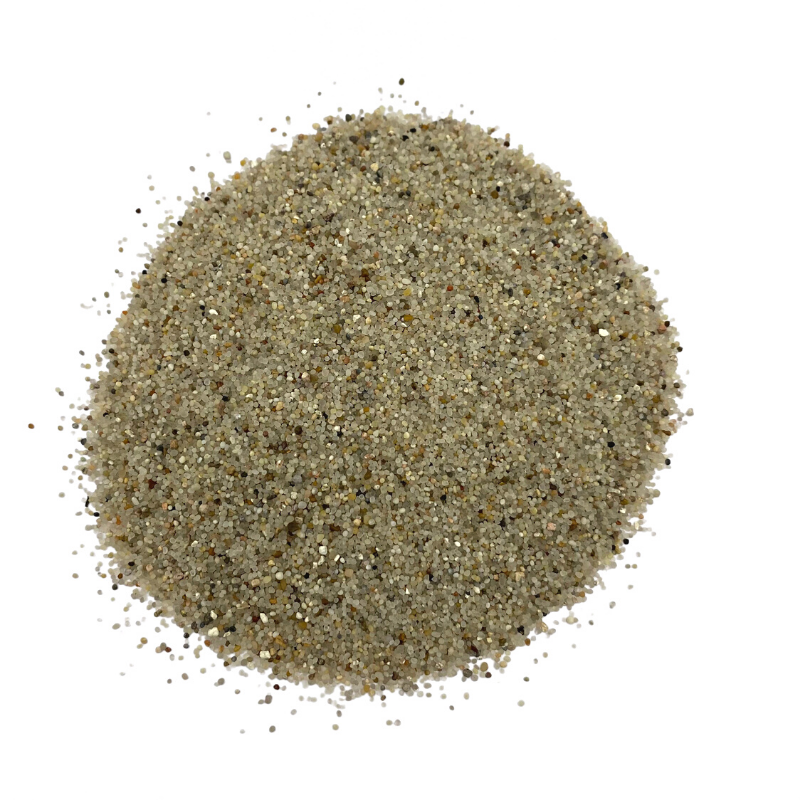
hydrated lime for garden
Hydrated Lime A Valuable Addition to Your Garden
Gardening is a rewarding hobby that allows individuals to connect with nature, produce their own food, and create beautiful outdoor spaces. To cultivate a thriving garden, many gardeners seek ways to improve soil quality and plant health. One effective and often overlooked amendment is hydrated lime. This article explores what hydrated lime is, its benefits for gardens, and practical tips for its use.
What is Hydrated Lime?
Hydrated lime, also known as calcium hydroxide, is a white, powdery substance created by adding water to quicklime (calcium oxide). This compound is highly alkaline and has been widely used in various industries, including agriculture, construction, and water treatment. In the garden, hydrated lime serves as a valuable soil amendment, helping to alter pH levels and improve nutrient availability.
Benefits of Hydrated Lime for Gardening
1. pH Adjustment Many plants thrive in slightly acidic to neutral soil (pH 6.0 to 7.0). However, over time, soil pH can become too acidic, inhibiting plant growth and nutrient uptake. Hydrated lime effectively raises soil pH, making it more alkaline. This adjustment creates a more favorable environment for a broader range of plants, particularly those that prefer less acidic conditions.
2. Nutrient Availability Soil pH significantly impacts the availability of essential nutrients. For instance, certain nutrients like phosphorus and potassium become less available in acidic soils. By raising the pH with hydrated lime, these nutrients become more accessible to plants, promoting healthier growth and better yields.
3. Soil Structure Improvement Hydrated lime contributes to improved soil structure by flocculating clay particles. This process enhances aeration and drainage, allowing roots to penetrate more easily and reducing the risk of waterlogging. Well-aerated soil encourages beneficial microbial activity, essential for healthy plant growth.
4. Disease Resistance Certain soil-borne diseases flourish in acidic environments. By amending your soil with hydrated lime, you create an inhospitable environment for these pathogens, potentially reducing the incidence of diseases in your garden.
5. Pest Control The alkaline nature of hydrated lime can deter some pests. For instance, it can deter slugs and snails, which prefer moist, acidic environments. By applying hydrated lime around your plants, you may reduce the likelihood of these pests damaging your crops.
hydrated lime for garden

How to Use Hydrated Lime in Your Garden
Before applying hydrated lime, it’s crucial to test your soil’s pH to determine if an amendment is necessary. Soil test kits are readily available at garden centers or through local extension services. If your soil is indeed too acidic, follow these steps for application
1. Determine the Amount Based on your soil test results, calculate the appropriate amount of hydrated lime needed. A general guideline is to apply 1 to 3 pounds of hydrated lime per 100 square feet for a pH adjustment of 0.5 to 1.0 units. However, it is always best to follow specific recommendations based on your soil's conditions.
2. Apply Evenly Spread the hydrated lime evenly over the soil surface. You can use a garden spreader for larger areas to ensure uniform application.
3. Incorporate into Soil Rake the hydrated lime into the top few inches of soil to enhance its effectiveness. This incorporation helps the lime interact with the soil and achieve the desired pH adjustment more quickly.
4. Water After application, water the area lightly to help activate the lime and further integrate it into the soil.
5. Monitor Changes Over time, re-test your soil’s pH to assess the impact of the lime application. Adjust as necessary in future seasons.
Conclusion
Hydrated lime is a beneficial tool for any gardener looking to improve their soil quality and plant health. By adjusting soil pH, enhancing nutrient availability, and promoting better soil structure, hydrated lime can contribute to a more vibrant and productive garden. With careful application and monitoring, you can harness the power of this simple compound to create a flourishing green oasis in your backyard.
Share
-
Fly Ash Solutions Enhanced by GPT-4 Turbo | Sustainable InnovationNewsAug.01,2025
-
Natural Premium Bentonite Cat Litter - Superior ClumpingNewsJul.31,2025
-
Premium Resin Coated Sand - High Heat Resistance CastingNewsJul.31,2025
-
High Quality Silicon Carbide Grit for Abrasive ApplicationsNewsJul.30,2025
-
High-Quality Ceramsite for Plants & Gardening | Lightweight PebblesNewsJul.29,2025
-
Premium Burgundy Glass Marbles for Vases & Shooter GamesNewsJul.29,2025






